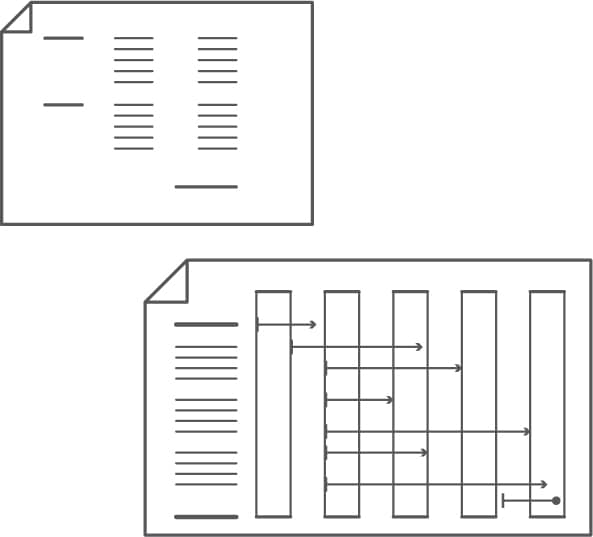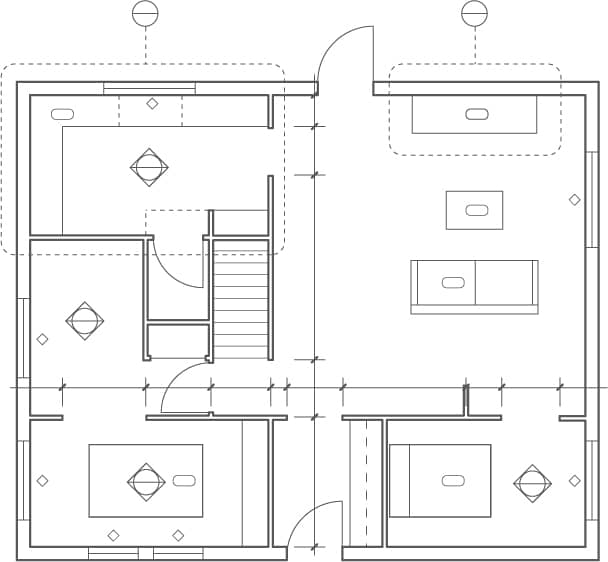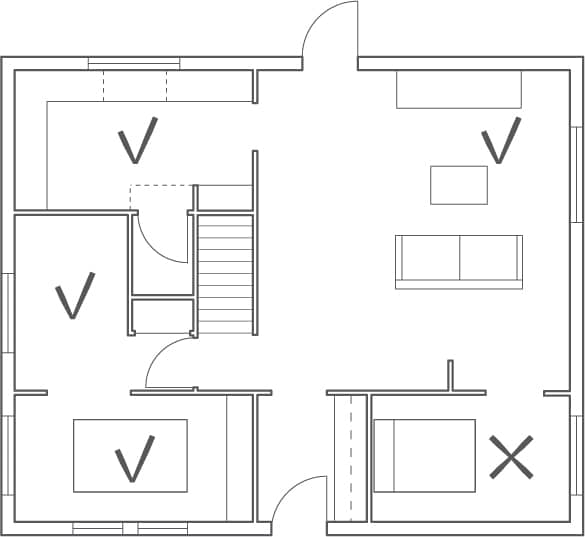26 Design Process
The sequence (or order) of a project from conception to conclusion.
The process of a design project is defined by a meticulous progression from the generic to the specific. Arriving at a final design is an iterative process that incorporates all of the pieces of the concept into a cohesive whole.
The design process typically includes these phases predesign and programming, conceptual design, design development, pricing, and documentation and observation. For some projects, conceptual design and design development are combined; for others, a post-occupancy evaluation (or POE) is performed after the users have occupied the space to measure the success of the project.
Predesign/Programming
This phase is the moment of identification, analysis, and documentation of the client’s needs and goals, typically as a list that enumerates size of spaces, adjacencies, and sequence. This document then becomes the basis for evaluating any resultant design solution.

Conceptual Design
This is the most dynamic phase of the design process, where multiple options are considered and evaluated against programming. Mood boards, precedent imagery, and initial plan and volumetric tests are used to gain client consensus for a single design direction.

Design Development
Once major decisions have been made, the most design-intensive phase of the project begins. All design elements are developed, including all room and open space layouts; wall, window, floor, and ceiling treatments; furnishings, fixtures, and millwork; color, finishes, and hardware; and lighting, electrical, and communication systems.

Pricing
At this point, a pricing exercise should be done with a consultant to determine that the project is achievable on the client’s budget.

Documentation
Prior to starting construction, working drawings, details, and specifications are prepared to establish the methods of fabrication for non–load-bearing interior construction, materials, finishes, furnishings, fixtures, and equipment.

Observation
Administration of contract documents. Acting as the client’s representative, the designer must approve shop drawings (which are translations of design elements such as built-in cabinets and sample confirmation), and visit the site frequently during construction to ensure that the project is being built according to the documents.

